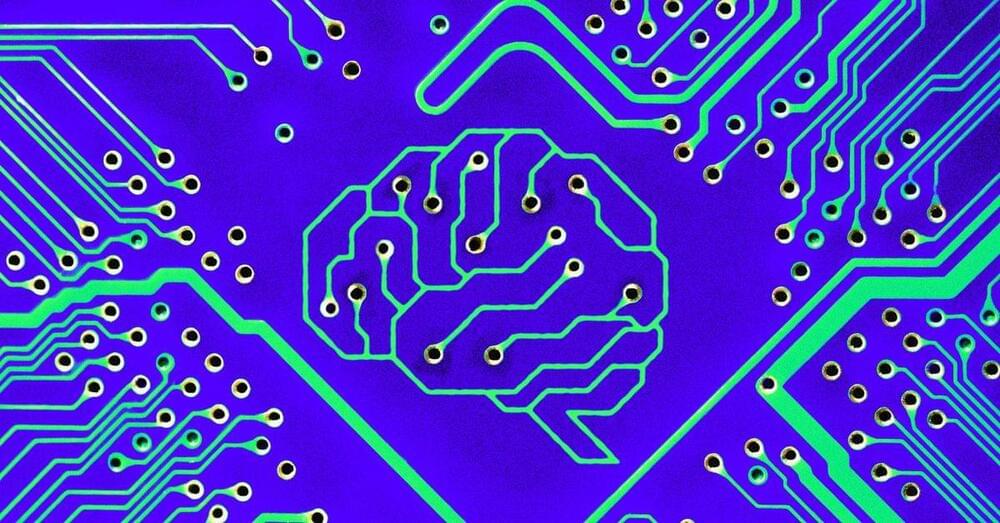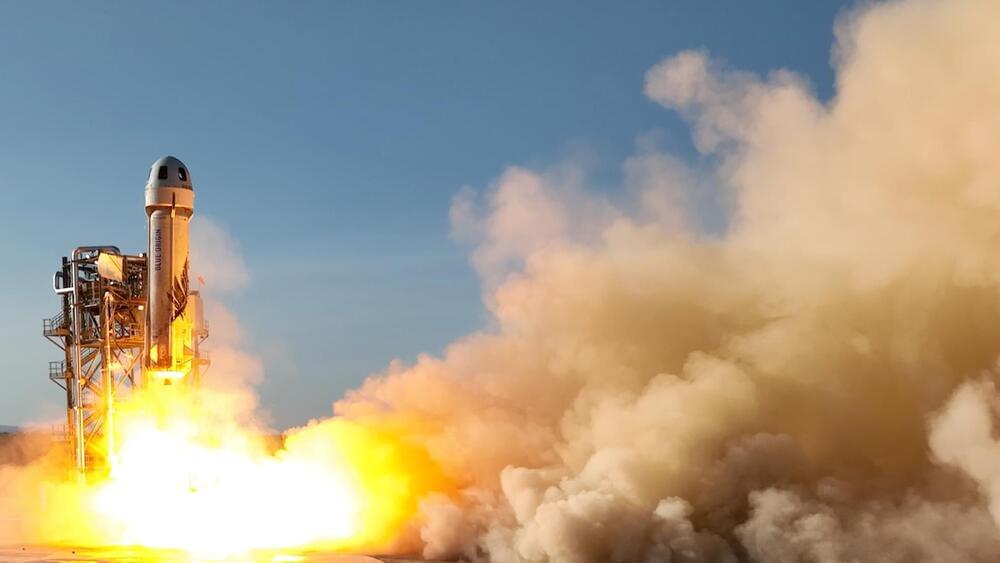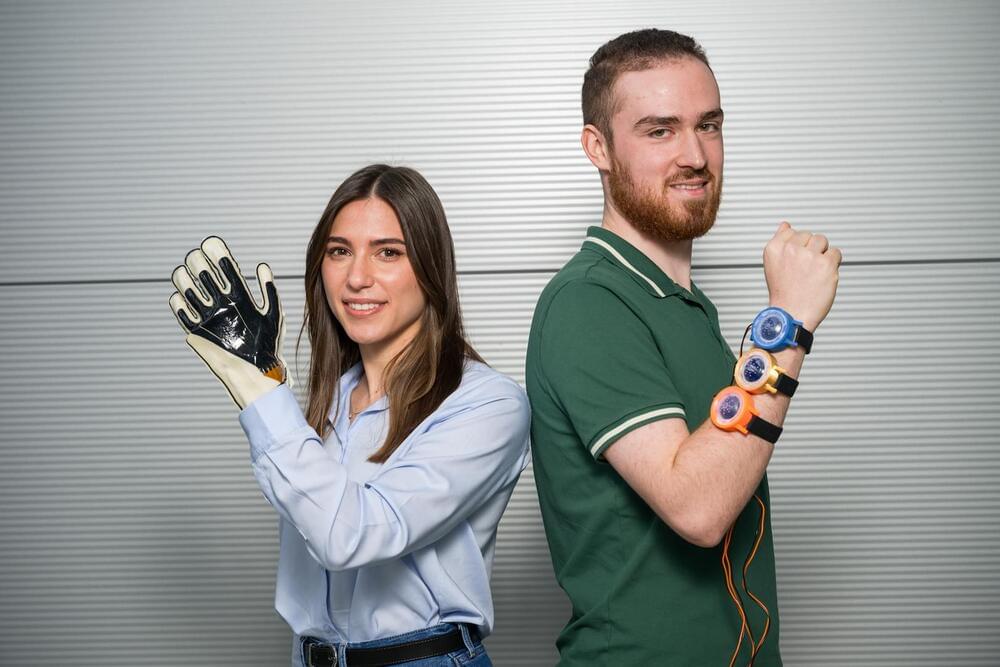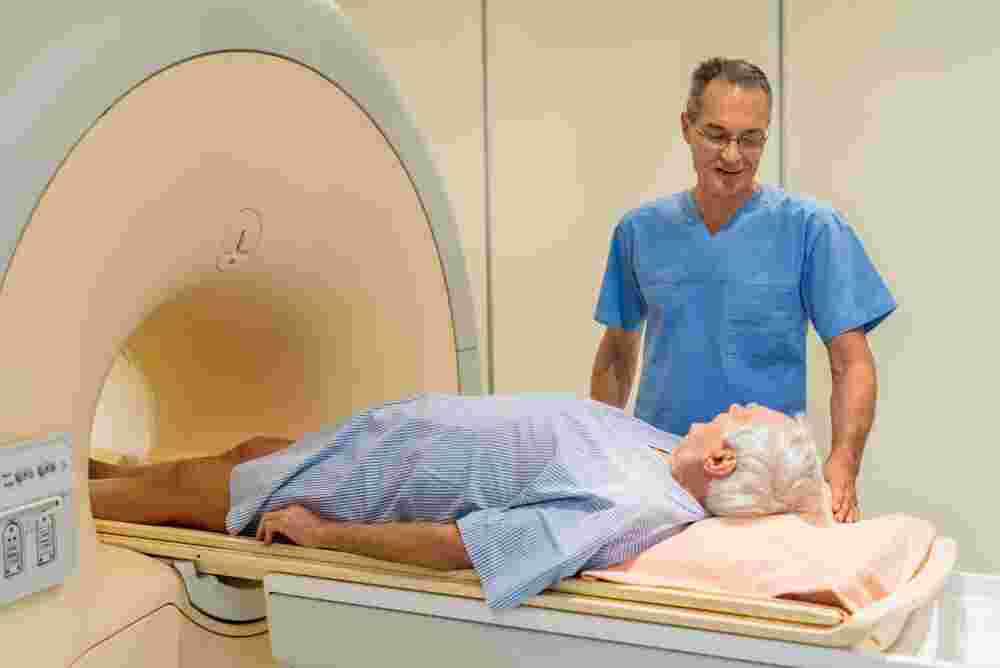How OpenAI, Google, and Meta deal with the limits of data online.
Alex Reben makes art with (and about) AI. I talked to him about what the new wave of generative models means for the future of human creativity.
Blue Origin’s New Shepard rocket hasn’t flown space tourists for over 18 months, following an explosive incident in 2022.
UBTech teams up with Baidu to enhance Walker S humanoid robot with natural speech and real-time reasoning capabilities.
A team of MIT researchers has addressed significant barriers to the practical application of 2D magnetic materials. This innovation will enable the development of the next generation of energy-efficient computers.
The team achieved a notable breakthrough by developing a “van der Waals atomically layered heterostructure” device. The device connects two 2D materials: tungsten ditelluride and iron gallium telluride, a 2D van der Waals magnet.
It reduces stress, boosts the immune system, and relieves pain. Touch is even crucial to our survival. Babies can die if they don’t get it. Additionally, the lack of it in a child’s‘life can stunt their growth in various ways.
Thus, scientists at Saarland University developed the smart textile with therapeutic and medicinal value in mind.
They claim that with this technology, seriously ill children in hospital isolation wards gain the chance to feel their parents’ closeness.
The settlement terms include Google deleting ‘billions of data records’ that are from the private browsing activities of users involved in the suit. Going forward, Google will also update its disclosure to make users aware of what data it retains from the private browsing sessions.
As per the settlement, Google will also let people using the Incognito mode block third-party cookies for the next five years. The company will also not track the user’s choice of privately browsing the internet.
A groundbreaking study in the UK has revealed that reducing the duration of MRI scans for prostate cancer by a third would make them cheaper and more accessible without compromising on their accuracy. Lower costs would mean that more men could be offered scans and diagnosis for a disease which is highly treatable in its early stages.
As of today, doctors rely on a three-stage MRI scan to detect prostate cancer. The patient is injected with a contrast dye at the third stage, which helps to enhance the images from the scan. Now, the new research indicates the third step can be done away with if the first two scans are done with high precision and good quality.
Researchers from University College London (UCL) and University College London Hospitals conducted a study in which they assessed the impact of dropping the third stage. The study involved 555 patients from 22 hospitals in 12 countries.
Tesla CEO Elon Musk announced that the automaker is planning to unveil its new ‘robotaxi’, a next-generation self-driving vehicle, on August 8th.
Tesla is bringing back its Full Self-Driving transfer program as an incentive to buy this quarter despite Elon Musk’s claim that it would be a “one-time offer.”
For years, Tesla owners who bought the up-to-$15,000 Full Self-Driving Capability package were asking for the capacity to transfer it when trading-in their vehicles for a new one.
The logic was sound: Tesla never delivered the self-driving capacity as promised. It only makes sense to allow owners to transfer the package to a new car for those who still believe that Tesla could eventually deliver through a software update.









